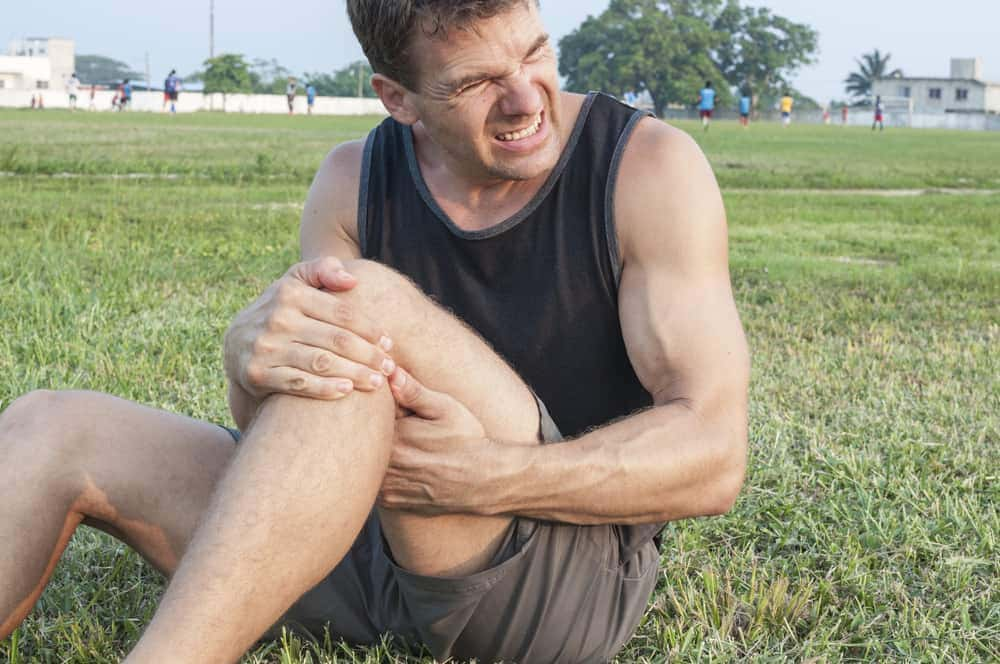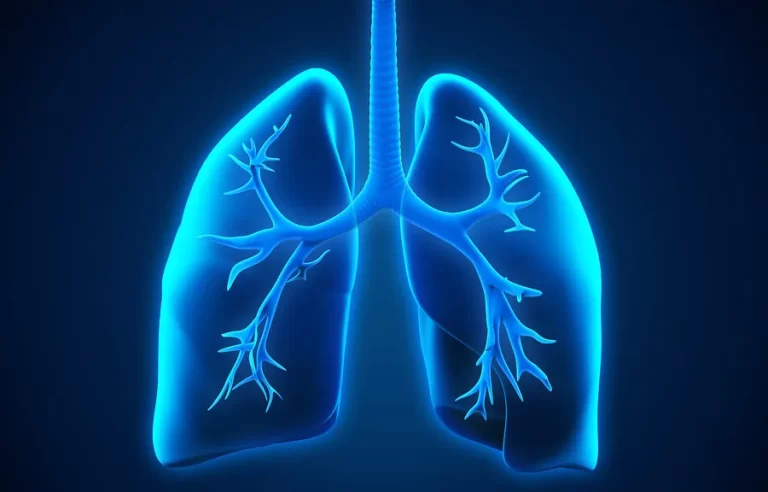Proximal Hamstring Repair Post Operative Treatment
Postoperative treatment following proximal hamstring repair is a crucial component of the rehabilitation process.
This type of surgery is typically performed to address injuries or tears in the proximal (near the hip) hamstring tendons, which can be a result of sports-related injuries, overuse, or other traumatic events.
The primary goals of postoperative treatment are to facilitate healing, restore strength and flexibility, and ultimately return the patient to their pre-injury level of function.
Table of Contents
Definition
The post-operative treatment for proximal hamstring repair refers to the medical and rehabilitative care provided to a patient after they have undergone surgery to repair a proximal hamstring injury. Proximal hamstring injuries typically involve damage to the hamstring tendons near their attachment to the pelvis.
The goal of post-operative treatment is to promote healing, reduce pain and inflammation, restore strength and function, and prevent complications.
Here are some common components of postoperative treatment for proximal hamstring repair:
Pain Management: Patients are usually prescribed pain medication to manage post-operative pain. This can include over-the-counter pain relievers or stronger prescription medications.
Immobilization: Initially, the affected leg may be immobilized with a brace, splint, or crutches to protect the surgical site and allow for early healing. The specific immobilization method and duration may vary depending on the surgeon’s recommendations and the type of repair performed.
Physical Therapy: Physical therapy is a crucial component of rehabilitation. A physical therapist will work with the patient to gradually restore range of motion, strength, and flexibility in the injured leg. Therapy typically starts gently and progresses as healing occurs.
Weight-Bearing Progression: The surgeon will provide guidance on when and how much weight the patient can put on the injured leg. Initially, weight-bearing may be limited to protect the surgical repair, but it will be gradually increased as tolerated.
Strengthening Exercises: As healing progresses, the physical therapist will incorporate exercises to strengthen the hamstring muscles and the surrounding muscles. This helps regain function and prevent re-injury.
Stretching: Gentle stretching exercises may be prescribed to improve flexibility and reduce the risk of scar tissue formation.
Modalities: Some patients may benefit from modalities such as heat, ice, ultrasound, or electrical stimulation to manage pain and promote healing.
Gradual Return to Activities: Depending on the patient’s goals and the nature of their injury, a structured return-to-activity plan will be developed. This may include a gradual reintroduction of sports or other physical activities.
Monitoring and Follow-Up: Regular follow-up appointments with the surgeon and physical therapist are essential to track progress, address any concerns, and make necessary adjustments to the treatment plan.
Patient Education: Patients will be educated on proper body mechanics, activity modification, and strategies to prevent future hamstring injuries.
Proximal Hamstring Repair post-operative treatment
Immediate Post-Operative Phase (Weeks 1-2):
Rest and Elevation: Keep the operated leg elevated to reduce swelling. Follow the surgeon’s advice on weight-bearing restrictions, which may involve non-weight bearing or partial weight-bearing with crutches.
Pain Management: Take prescribed pain medications as directed by your surgeon to manage pain and discomfort.
Ice: Apply ice packs (wrapped in a cloth) to the surgical area for 15-20 minutes at a time to help reduce swelling and pain.
Compression: If recommended, wear a compression bandage or stocking to minimize swelling.
Range of Motion (ROM): Gentle passive range-of-motion exercises for the hip and knee to prevent stiffness.
Ankle pumps: Move the patient’s ankle up and down.
Ankle circles: Rotate your ankle clockwise and counterclockwise.
Knee flexion/extension: Gently bend and straighten your knee.
Ankle dorsiflexion/plantarflexion: Move your foot up and down.
Isometric Contractions: Begin with isometric exercises to activate the hamstring muscles without movement.
Glute squeezes: Squeeze your glutes while lying down.
Quad sets: Tighten your thigh muscles while extending your knee.
Early Mobilization Phase (Weeks 2-6):
Physical Therapy: Begin physical therapy to gently mobilize the hip joint and surrounding muscles. The focus at this stage is on gentle range of motion exercises.
Crutches and Assistive Devices: Gradually transition from crutches to partial weight-bearing or full weight-bearing as advised by your surgeon and physical therapist.
Pain Control: Continue with pain management as needed and as recommended by your surgeon.
Passive Stretching: Continue with gentle passive stretching to improve flexibility in the hip and knee.
Hip flexor stretches
Quadriceps stretches
Active Range of Motion: Start active exercises to regain control and mobility.
Active knee flexion/extension
Heel slides: Gently slide your heel toward your buttocks while lying down.
Isotonic Exercises: Begin resistance exercises using resistance bands or low-resistance machines.
Straight-leg raises
Seated hamstring curls with resistance bands
Bridging exercises
Intermediate Rehabilitation Phase (Weeks 6-12):
Physical Therapy: Continue with regular physical therapy sessions. The emphasis now shifts towards increasing strength, stability, and flexibility.
Progressive Strengthening: Incorporate exercises to strengthen the hamstring muscles and surrounding musculature. Exercises may include leg raises, bridges, squats, and hamstring curls.
Stretching: Perform gentle stretching exercises to improve flexibility in the hip and hamstring muscles.
Balance and Proprioception Training: Work on balance and proprioception exercises to improve joint stability and reduce the risk of re-injury.
Advanced Rehabilitation Phase (Months 3-6+):
Functional Strength Training: As you progress, include exercises that mimic daily activities and sports-specific movements.
Lunges
Step-ups
Leg press
Cycling (with your surgeon’s approval)
Elliptical training (with your surgeon’s approval)
Balance and Proprioception: Incorporate balance exercises to improve stability.
Single-leg balance
Bosu ball exercises
Core Strengthening: A strong core helps support your lower back and hips.
Planks
Russian twists
Bird-dog exercises
Physical Therapy: Continue with physical therapy, gradually increasing the intensity of exercises and functional activities.
Sport-Specific Training: If you are an athlete, incorporate sport-specific training into your rehabilitation program under the guidance of a sports rehabilitation specialist.
Return to Sport: The timing for returning to sports or high-intensity activities will depend on your progress and the surgeon’s clearance. Ensure that you achieve full strength and flexibility before attempting more demanding activities.
Continued Monitoring: Continue to follow up with your surgeon for progress assessments and to ensure that the healing process is on track.
Causes of Proximal Hamstring Injury
Muscle Imbalance: Weakness or imbalance in the hamstring muscles can increase the risk of injury. This may be due to inadequate strength training or a lack of flexibility in the hamstring muscles.
Sudden Movements: Activities that involve sudden, explosive movements such as sprinting, jumping, or kicking can put excessive stress on the hamstring muscles, leading to injury.
Overuse: Repetitive activities that strain the hamstrings, such as running long distances without proper conditioning, can cause overuse injuries.
Poor Warm-Up or Stretching: Inadequate warm-up or insufficient stretching before physical activity can leave the hamstrings more susceptible to injury.
Muscle Fatigue: Fatigue from prolonged physical activity can reduce the hamstrings’ ability to absorb shock and protect against injury.
Previous Injury: A history of hamstring injuries can increase the likelihood of future injuries, especially if the muscles and tendons have not fully healed or if there is scar tissue.
Age: As people age, their muscles and tendons may become less flexible and more prone to injury.
Improper Technique: Using incorrect form or technique during physical activities, such as lifting weights or performing exercises, can strain the hamstrings.
Inadequate Rehabilitation: If a previous hamstring injury is not properly rehabilitated, it can lead to chronic issues and an increased risk of re-injury.
Environmental Factors: Playing or training on uneven surfaces, slippery conditions, or in cold weather can increase the risk of hamstring injuries.
Summary
Postoperative treatment for proximal hamstring repair is a critical phase in the rehabilitation process following surgery to address injuries or tears in the proximal hamstring tendons. This treatment aims to promote healing, restore strength and flexibility, and ultimately enable patients to return to their pre-injury level of function.
Initially, patients may be immobilized with braces or immobilizers to protect the repaired tendons. Weight-bearing status is gradually reintroduced, and pain management strategies are employed to ensure patient comfort. Physical therapy is a cornerstone of the rehabilitation process, focusing on range of motion, strength, flexibility, and functional activities. Regular follow-up with the surgeon monitors progress, and the timing of a return to sports or strenuous activities depends on individual progress and the surgeon’s guidance.
Patients also receive education on proper exercises, body mechanics, and precautions to prevent re-injury. Psychological support may be necessary to address the emotional aspects of recovery. Long-term follow-up and maintenance exercises may be needed to prevent future injuries.
The success of postoperative treatment relies on a customized plan tailored to each patient’s needs and close collaboration with healthcare professionals. Compliance with the prescribed rehabilitation program is essential for a successful recovery and the restoration of full function.
FAQ
What is proximal hamstring repair surgery?
Proximal hamstring repair surgery is a procedure used to treat injuries to the proximal (near the hip) end of the hamstring muscles, typically caused by tears or avulsion injuries. It involves reattaching the torn hamstring tendons to the pelvic bone.
What should I expect immediately after surgery?
After surgery, you will likely wake up in a recovery room. You may have a bandage or brace on your hip and thigh, and you might need crutches or a walker to help with mobility.
How long will the patient need to use crutches or a walker?
The duration of crutch or walker use varies depending on your surgeon’s recommendations and your individual progress. It may range from a few weeks to a 1to 2 months.What is the typical recovery timeline for proximal hamstring repair?
Recovery timelines can vary, but generally, it takes several months to a year to fully recover and return to normal activities. Physical therapy will be a crucial part of this process.
Can I put weight on the repaired leg immediately after surgery?
Typically, you’ll be instructed not to put any weight on the repaired leg for a period determined by your surgeon. This is to allow the tendon to heal properly.
How can I manage pain and discomfort post-surgery?
Your Doctor will prescribe pain medication to manage post-operative pain to patient. Follow their instructions regarding medication usage and alternative pain management techniques, such as ice packs and elevation.
When can I start physical therapy?
Physical therapy usually begins a few weeks after surgery when your surgeon gives you the green light. The timing will depend on your individual progress.
What exercises will I do during physical therapy?
Physical therapy exercises will focus on strengthening the hamstring and hip muscles, improving range of motion, and enhancing overall function. They will be tailored to your specific needs and progress.
How long will I need physical therapy?
The duration of physical therapy can vary, but it often continues for several months to help you regain strength and mobility.
When can I return to my regular activities and sports?
Returning to regular activities and sports will depend on your progress and your surgeon’s recommendations. It’s essential to follow their guidance to avoid re-injury.
Are there any potential complications I should watch for?
While complications are relatively rare, it’s essential to be aware of signs of infection, excessive pain, or any unusual symptoms. Contact your doctor if you feel any concerning issues.
What can I do to support my recovery at home?
Follow your surgeon’s post-operative instructions carefully, which may include keeping the surgical site clean, taking medications as prescribed, and attending all recommended follow-up appointments.
When should I contact my surgeon for concerns or questions?
Don’t hesitate to reach out to your surgeon if you have any questions or concerns about your recovery. They are there to help you throughout the healing process.


